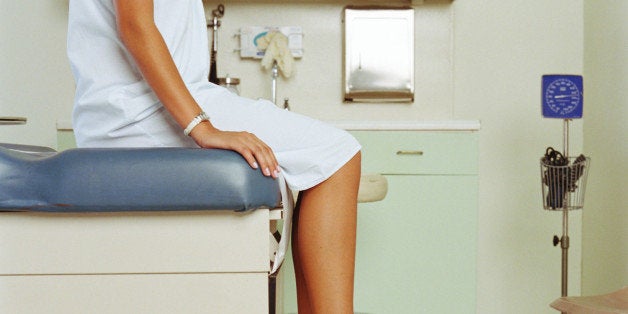
The safety of abortion depends on whom one asks. National data from the Centers for Disease Control and Prevention (CDC) indicate that induced abortion and miscarriage are the safest outcomes of pregnancy. In contrast, abortion opponents routinely claim that abortion is unsafe. They do this by cherry-picking studies, citing obsolete literature, extrapolating inappropriately and misinterpreting results. Moreover, some abortion opponents have double standards: what they report in the medical literature is not what they claim in the newspaper or testify under oath. As a gynecologist, I have had to spend considerable time over the years disabusing patients of these false claims. Here is a sampling of what can be found on the Internet:
Here are some purported "abortion facts" from abortionfacts.com:
- "27% of the patients acquired post-abortion infection lasting 3 days or longer"
- "3 to 5 percent of aborted women [sic] are left inadvertently sterile"
- "12.5% of first trimester abortions required stitching for cervical lacerations"
- "increases the risk of miscarriage, premature birth and complications... by 300-500 percent"
Abortion complications
In the early 1970s, the Population Council and CDC conducted large prospective studies of abortion safety; these concluded that abortion was considerably safer than continuing a pregnancy to delivery. By 1975, the Institute of Medicine had concluded that the public health benefits of abortion were well established.
A sentinel report from Planned Parenthood in New York City documented extraordinary safety as well. In 170,000 first-trimester abortions, the complication rate was 1%.
Most recently, researchers at UC-San Francisco used California Medicaid data on 54,911 abortions to see how many women had an emergency room visit or hospitalization as a result. The overall complication rate was 2%, and most complications were minor. Only 0.03% of patients were transferred by ambulance to an emergency department on the day of the abortion.
Abortion-related deaths
The risk of death from abortion plummeted after legalization in the early 1970s. In recent decades, the risk of death from abortion has been around 1 per 100,000 procedures. To put that in some perspective, the estimated risk of death from an injection of penicillin is about 2 per 100,000 injections.
According to national data from the CDC, the risk of death from pregnancy and childbirth is 14 times higher than with abortion. Critics complained that abortion deaths were grossly under-reported, invalidating the comparison. This claim has no merit. Some under-reporting of abortion-related deaths is likely, but under-reporting of pregnancy and childbirth deaths occurs as well. Assume that the true number of abortion-related deaths is three times that reported by the CDC. Pregnancy and childbirth would still have a mortality ratio several times that of abortion. Selective under-reporting of abortion-related deaths cannot account for a difference this large. Moreover, the disparity in risk has persisted for decades.
Pregnancy and childbirth complications
According to the CDC, about 60% of women having live births will develop one or more complications of pregnancy, birth and the post-partum interval. This translates into more than 2 million women per year in the U.S.
Pregnancy and childbirth-related deaths
The risk of maternal mortality continues to increase in the U.S. The pregnancy-related mortality ratio has increased progressively from 7 deaths per 100,000 live births in 1987 to 18 per 100,000 live births in 2009.
Other risks of daily life
Daily life carries risks (indeed, none of us gets out of this alive). These risks may provide benchmarks against which abortion and childbirth can be compared. Riding a motorcycle carries a risk of death of about 100 per 100,000. In contrast, canoeing is associated with a risk of about 1 per 100,000. The risk of death from abortion in the U.S. is similar to that of paddling a canoe. Given this fact, the current preoccupation of state legislatures with gynecology (and not canoes) clearly stems from partisan politics, not concerns about public health.
 Like Us On Facebook |
Like Us On Facebook |
 Follow Us On Twitter |
Follow Us On Twitter |
![]() Contact HuffPost Women
Contact HuffPost Women
ALSO ON THE HUFFINGTON POST:
